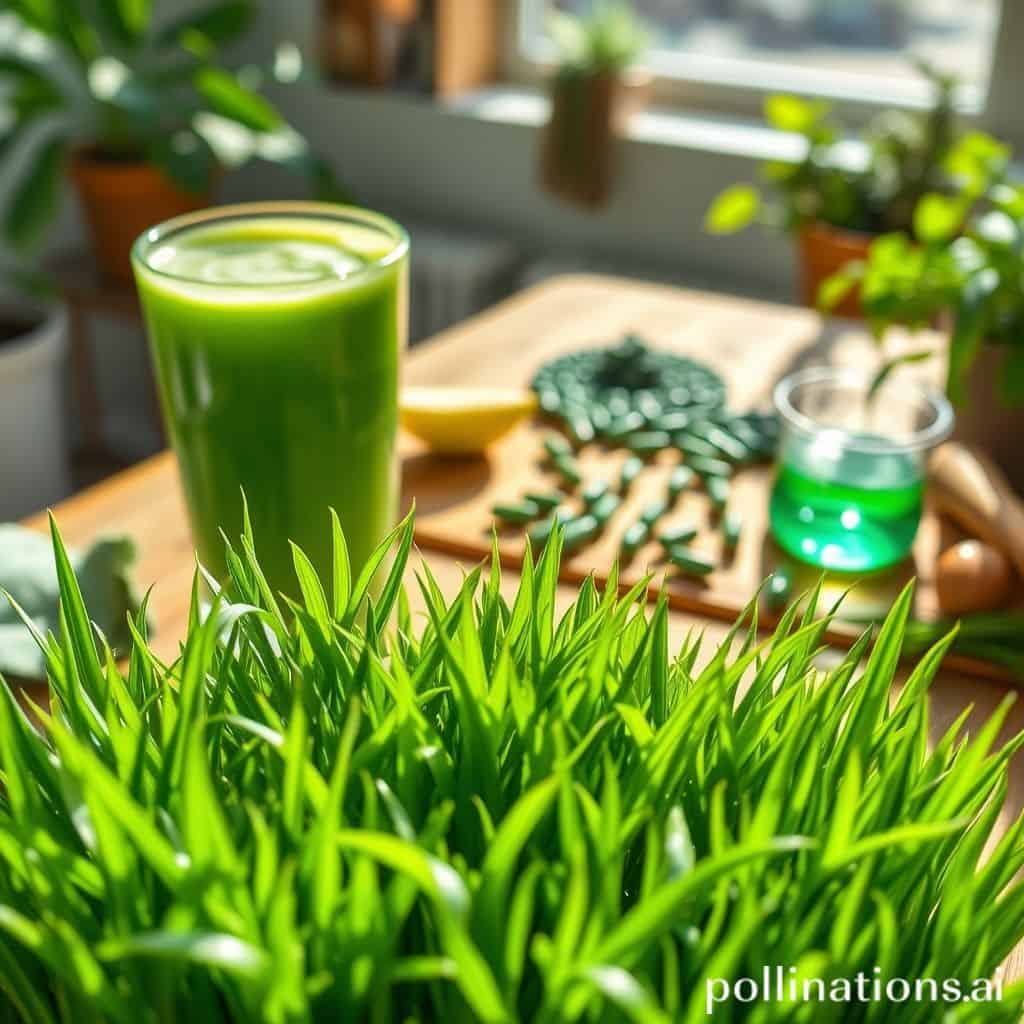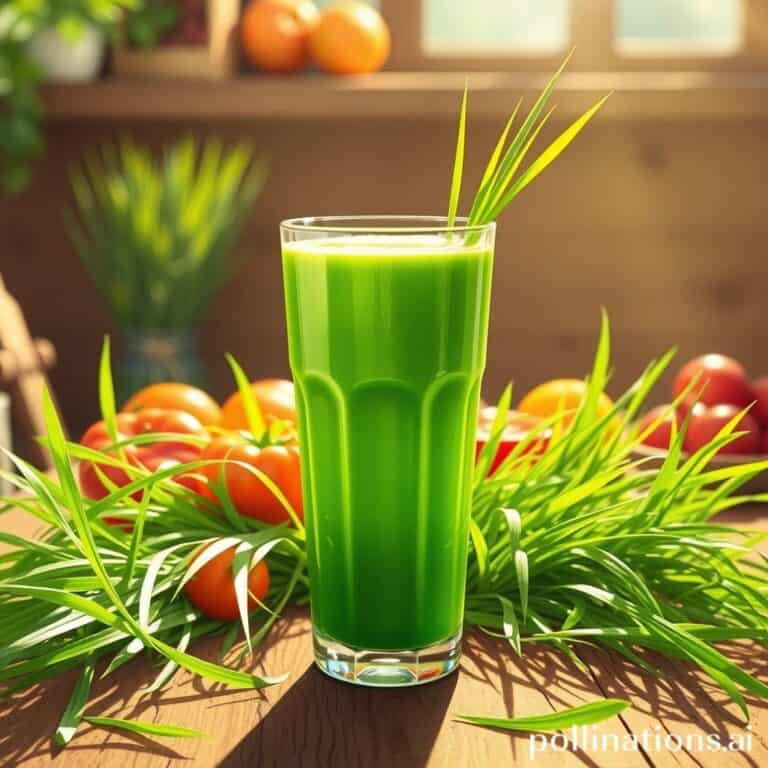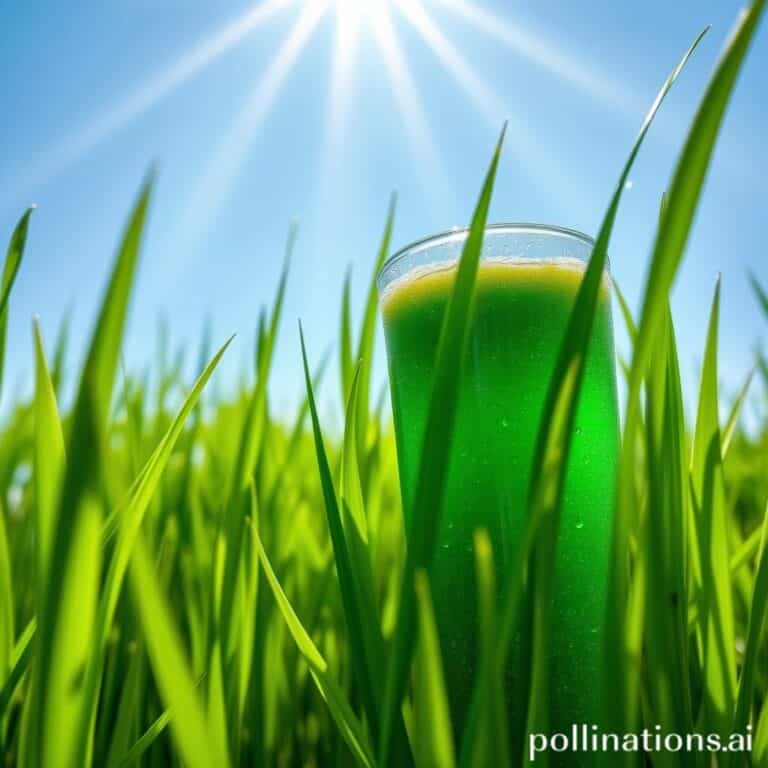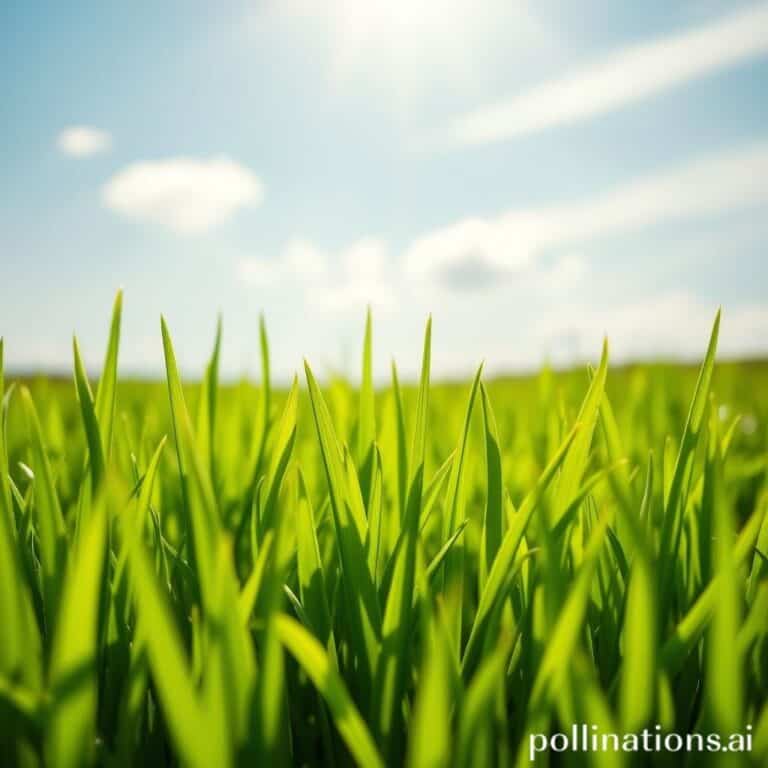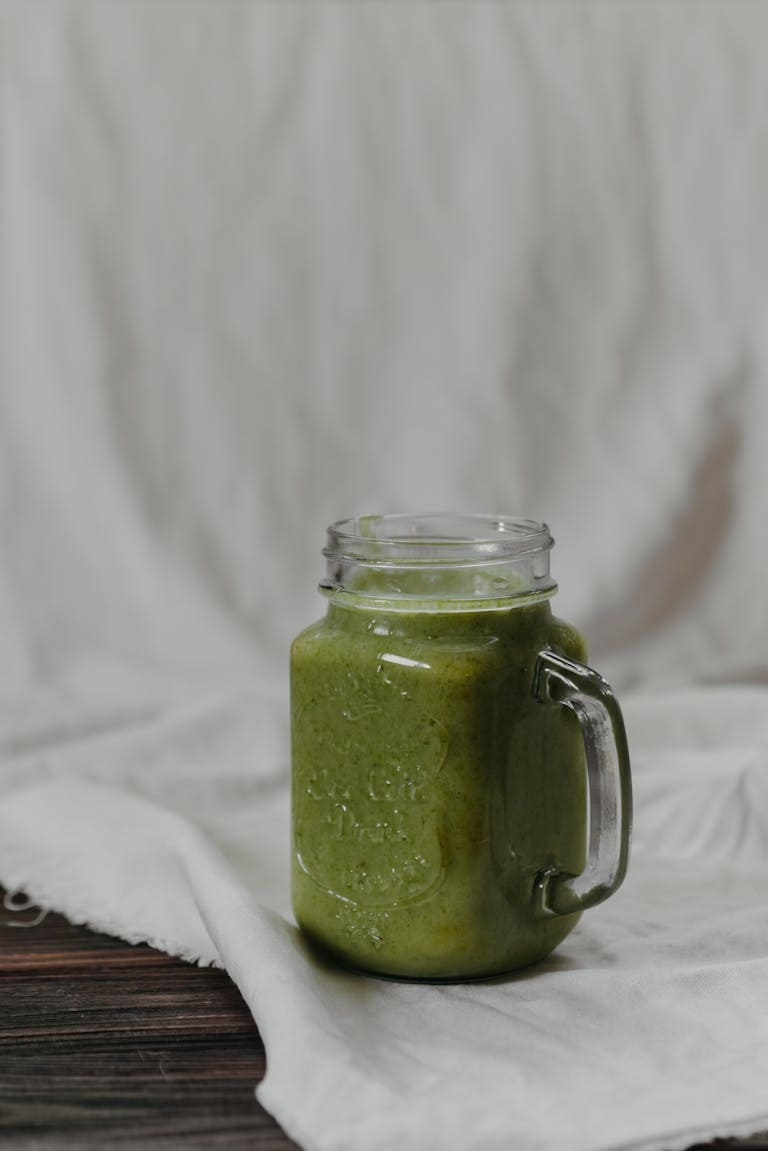Wheatgrass Matcha Spirulina Superfood Showdown
The bustling world of superfoods is like a colorful market, filled with choices that can bewilder both health enthusiasts and casual consumers. With so many options to explore, it’s vital to identify which superfood is the shining star for your nutrition goals. Among the popular choices are wheatgrass, matcha, and spirulina. Each of these nutrient-packed options has its own unique health benefits, delightful tastes, and varying price tags. In this article, we will dive into the nutritional profiles of these superfoods, examine their uses, and shed light on their costs. This detailed comparison will help you choose the right one to meet your health aspirations.
Nutritional Profiles
Before bringing any superfood into your daily routine, grasping their nutritional profiles is essential.
Wheatgrass is a powerhouse of chlorophyll, vitamins A, C, and E, along with a variety of B vitamins. It also packs minerals like calcium, magnesium, and iron, making it a fantastic ally for overall health and immunity. A typical serving contains about 20 calories, 1 gram of protein, and almost no carbohydrates.
On the flip side, matcha is a finely ground powder made from specially grown green tea leaves and boasts a high concentration of antioxidants, especially catechins, which are linked to better heart health and cancer prevention. It contains about 3 calories per serving and includes caffeine, which gives a gentle energy lift.
Spirulina shines in its incredible protein content, offering an impressive 60% protein by weight, together with essential fatty acids, vitamins, and minerals. This blue-green algae has around 20 calories per teaspoon, making it a superb choice for those wanting to add protein without piling on excessive calories.
Costs and Availability
Cost can be a significant factor when selecting your dietary options.
Generally, wheatgrass comes in both powdered form and fresh juice, with fresh juice costing between $5 to $10 per ounce and powdered forms ranging from $15 to $30 for a 7-ounce tub.
In contrast, matcha has a wide price range depending on the quality. Premium ceremonial matcha can exceed $30 for a small tin, while culinary-grade options are available for about $10 to $20 per 30 grams, creating a spectrum based on your budget and preferences.
Spirulina is usually sold in powder or tablet form, priced around $10 to $25 for a 16-ounce container. As with other superfoods, higher quality often costs more, so it’s wise to compare brands.
Uses in Daily Diet
When it comes to incorporating these superfoods into your diet, flexibility is the name of the game.
Wheatgrass is typically consumed as juice, blended into smoothies, or added to salad dressings for its fresh, grassy taste. Its abundance of chlorophyll can aid in detoxification.
Matcha makes a tasty addition to tea, lattes, and baked goods. Its unique taste complements sweet and savory dishes alike, allowing for creative tweaks in your kitchen.
Spirulina can be sprinkled into smoothies, energy bars, or salads for an effortless nutrient lift. Its earthiness pairs well with fruits, making it a great addition to your morning shakes.
Health Benefits Comparison
Each of these superfoods comes with distinct health perks that can cater to various health interests.
Wheatgrass is renowned for its detoxifying properties while providing antioxidant support. Many studies recognize its role in fighting oxidative stress and inflammation.
Matcha stands out for its energy and focus-enhancing qualities thanks to the natural caffeine it contains, along with a calming effect from L-theanine. This dual effect makes it an excellent option for those looking for a productivity boost.
Spirulina is particularly praised for its protein and nutrient density, often recommended for athletes and those seeking extra nutritional support. Its ability to aid muscle recovery is particularly valuable.
Conclusion and Final Thoughts
Choosing the right superfood for your health journey ultimately hinges on your individual needs, preferences, and budget.
In summary, wheatgrass, matcha, and spirulina each provide unique nutritional benefits that can enhance your diet. Wheatgrass is perfect for detoxification; matcha excels in energy and focus; and spirulina is unbeatable in protein content. When weighing costs, availability, and culinary uses, consider how these superfoods can integrate seamlessly into your lifestyle.
Incorporating any of these superfoods can be advantageous, but always keep in mind your personal health goals and dietary needs. Happy superfood hunting!

